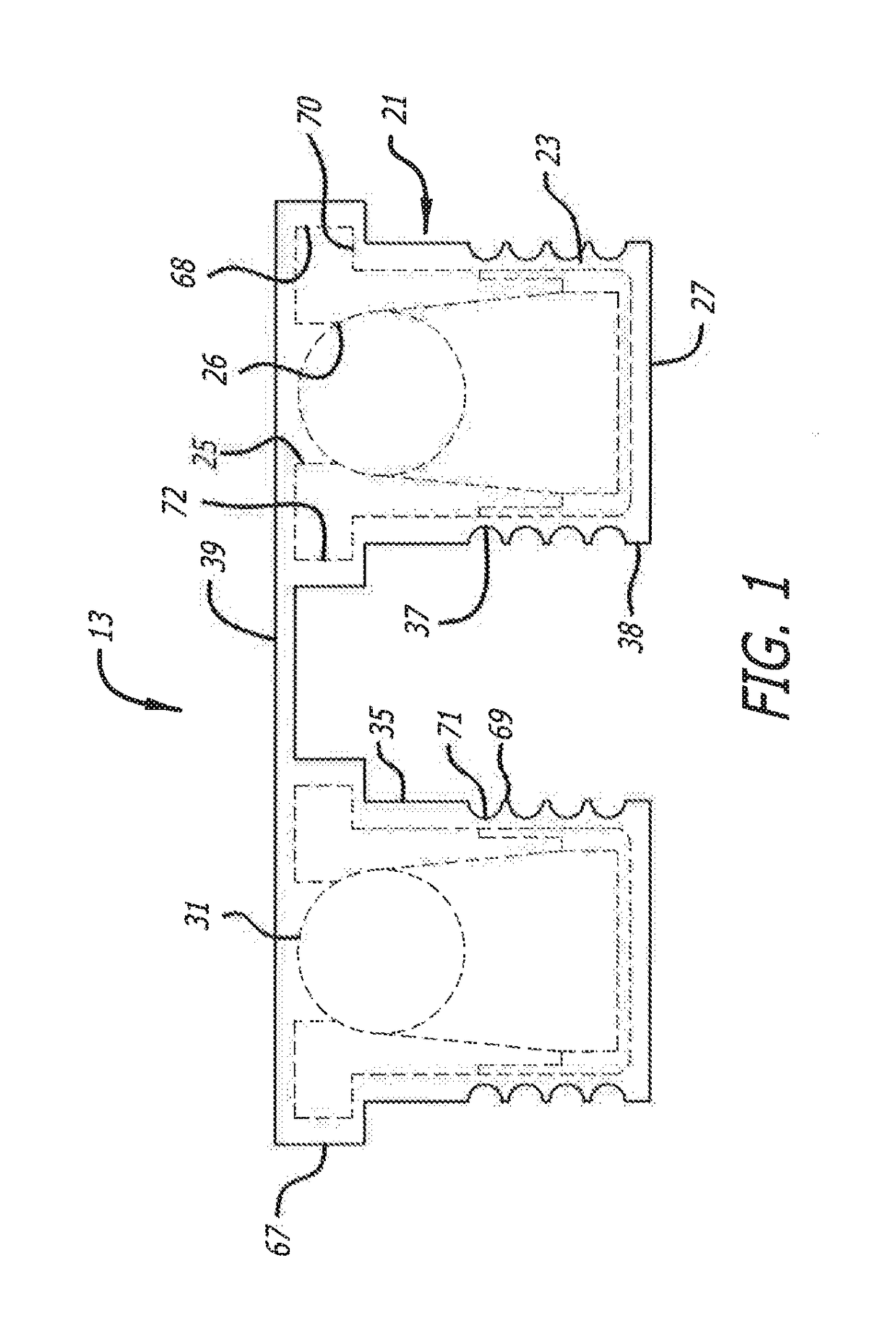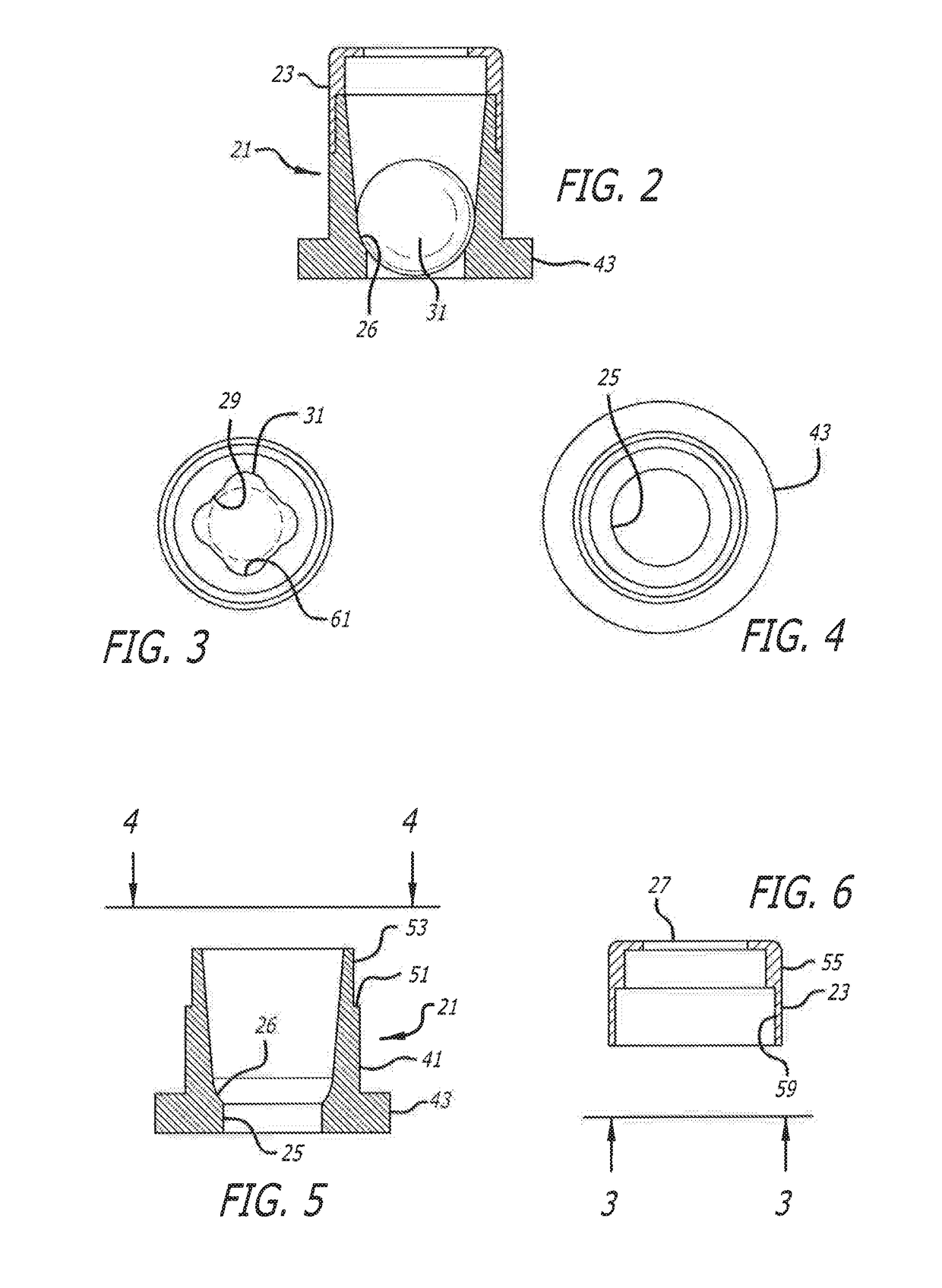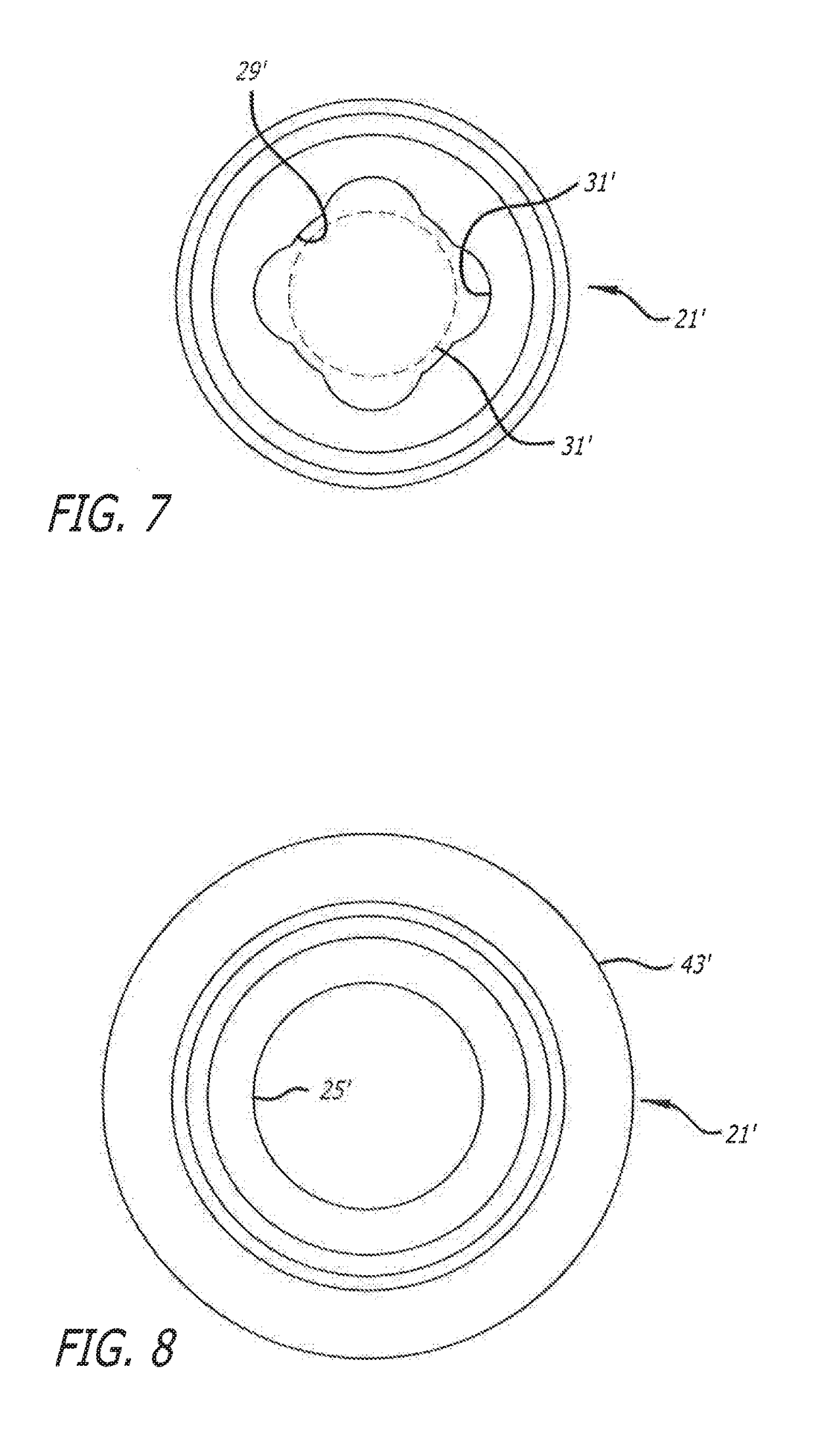Hundreds of millions of patients are afflicted with
sleep apnea, a dangerous condition which can lead to
sleep deprivation and the consequent unhealthy existence and even death.
These episodes can interfere with sound sleep, reduce the flow of
oxygen to vital organs, and cause heart
rhythm irregularities.
In addition, the untreated sleep
apnea may be responsible for job impairment, work related accidents, and motor vehicle crashes as well as academic underachievement in children and adolescents.
These arousals may occur hundreds of times each night but do not fully awaken the patient, who remains unaware of the loud snoring,
choking and gasping for air that are typically associated with
Obstructive Sleep Apnea Syndrome.
Obstructive Sleep Apnea sufferers never get “a good night of sleep” because repeated apneas and arousals deprive patients of REM and deep-stage sleep leading to chronic
daytime exhaustion and long-term cardiovascular stress.
Excessive
daytime sleepiness caused by disruption of normal
sleep patterns leads to a significant increase in the rate of accidents for afflicted patients, including a seven fold increase in automobile accidents.
In addition, loud snoring and intermittent
breathing interruptions can affect the quality of sleep of the Obstructive
Sleep Apnea patient's
bed partner.
Witnessing an apnea can be a frightening experience because the Obstructive
Sleep Apnea patient appears to be suffocating.
However, Obstructive
Sleep Apnea was not well understood or recognized by physicians until recently and only a fraction of these 20 million Obstructive Sleep
Apnea patients have been diagnosed and treated by a physician.
Despite the
prevalence of hypertension and its associated complications, control of the
disease is somewhat inadequate.
OSA, left untreated can lead to hypertension.
These interfaces suffer the shortcoming that they are sometimes cumbersome and uncomfortable to wear, often leading to rejection by the patient.
The face
mask typically requires a harness, headband or other headgear to hold the
mask in position, something patients frequently find uncomfortable, particularly when sleeping.
Such
face masks are constructed to seal against the patient's face and sometimes chafe against the patient's
skin which may cause facial sores, particularly if the patient's
sleep pattern involves movement and repositioning during the night.
Further, the seal against the patient's face may leak thus reducing or eliminating the
efficacy of the device.
Consequently, many patients find the face
mask uncomfortable, somewhat ineffective and often results in the patient discontinuing that therapy.
Nasal pillows require a robust headband or harness to maintain the pressure thus often leading to discomfort similar to that suffered by use of the
face masks.
Such devices, while appearing to offer relief in theory, suffer the shortcoming that the single valve is ineffective to properly
control flow through both the patient's nostrils and testing shows that the
adhesive strip is challenging to apply and maintain in position during the
sleep period.
CPAP prevents
airway closure in use, but apnea episodes return when CPAP is stopped or is used improperly.
Patients typically find such masks cumbersome, bulky, uncomfortable, noisy and in need of daily cleaning thus discouraging
continuous use.
Such devices, while promising in theory, are not adequately affixed to the nostrils in such a manner such as to provide positive lodging in the
nasal passage and to positively block flow upon exhaling.
Such devices fail to effectively address the issues of sleep apnea.
However, pursed-lip
breathing requires conscious effort, thus the patient cannot breathe through the pursed lips while sleeping.
As a result, the patient can still become hypoxic at night and may develop
pulmonary hypertension and other sequelae as a result.
It is recognized that most patients experience difficulty adapting to nocturnal NPPV leading to
poor compliance.
Mask discomfort is a very common problem for patients new to NPPV, because the
high pressure om the
nose, mouth and face and because the tight straps are uncomfortable.
Such flap valves have not proven satisfactory for these applications.
Even more cumbersome is the device disclosed in U.S. Pat. No. 5,477,852 incorporating a headband for holding and positioning the nasal inserts and associated supply tubes.
However, these prior methods, are in some cases, rather complicated and expensive to manufacture and in the other cases, ineffective to secure the cannula in place without cumbersome head gear.
Many of the head harnesses fail to adequately secure the prongs in position, particularly with infants or patients who tend to roll around or move during the sleep phase.
The discomfort of head harnesses and the like can often lead to the patient intentionally or unintentionally removing the harness and disconnecting the device thereby leading to sleep apnea, distractions,
bradycardia, or hypoxia which is known as a dangerously
low oxygen level in the blood.
In practice, the tubing for many of these head harness devices is typically draped around both sides of the patient's
cheek which means that the most comfortable
lying position is on the patient's back thus producing a tendency to snore and create a uncomfortable sleeping position for the patient.
One of the challenges facing artisans in seeking to develop a satisfactory apnea device is, to provide a device which affords adequate air flow while avoiding the necessity of applying uncomfortable head harnesses, masks and the like to hold the device in place within the
nasal passages.
A particular problem is the discomfort associated with the use of such devices.
That is, the artisan is faced with the dilemma that a nasal device must be of sufficient
structural integrity to maintain a flow passage sufficiently opened as to afford a
high rate of flow during an expiration while, at the same time, providing comfort within the
nasal passage.
As will be recognized abrupt changes in cross sectional shape of the
cannula device, as such as presented by the end of a
rigid wall will, over time, create
irritation within the soft tissues of the
nasal passage thereby discouraging
continuous use and even resulting in an unconscious desire by the patient to involuntarily remove the device during the
sleep period.
This issue of discomfort in the
nasal passages has plagued the art for some time.
Devices of this type, while having a sealing capability are relatively cumbersome and fail to address the issue of high rates of flow in the flow passage.
Such devices, while providing some comfort in accessing the orifici at the distal extremity of the nasal passages, fail to address the complications relating to high flow rate and convenient retention in the nasal passages without complicated tubing and headgear.
Such devices incorporate relatively complicated valve systems and, furthermore, are cumbersome to use and can readily generate discomfort in the nasal passages due to the misalignment between the orientation of the patient's nasal passages and the device itself.
These devices are also relatively cumbersome in that the harness typically involves a connection about the patient's ears or around his or her neck and little attention is given to the sealing characteristics of the
peripheral of the nasal devices with the nasal tissues or any consideration to possible discomfort deep in the nasal passages.
Devices of this type, while tending to serve their intended purpose, suffer the shortcoming that some patients
resist use of a mask covering a portion of the patient's face and the fact that failure to totally block
exhalation fails to afford effective relief from a patient suffering from sleep apnea.
Such devices and their methods of use do not provide the benefits associated with highly restricted flow during the exhaling phase.
As will be appreciated, while Foley seeks to provide for bleeding through the valve poppet or diaphragm, his construction is extremely complicated and intrusive.
His valve projects distance beyond the
valve seat and expands radially outwardly to such an extent as to render proper operation in the close confines of the nasal passage highly questionable.
In fact, it would appear that a physical embodiment of such a device would be so heavy, large and cumbersome as to require radial engagement to hold the device in the
nasal vestibule.
 Login to View More
Login to View More  Login to View More
Login to View More 


